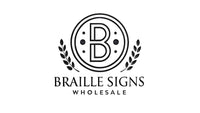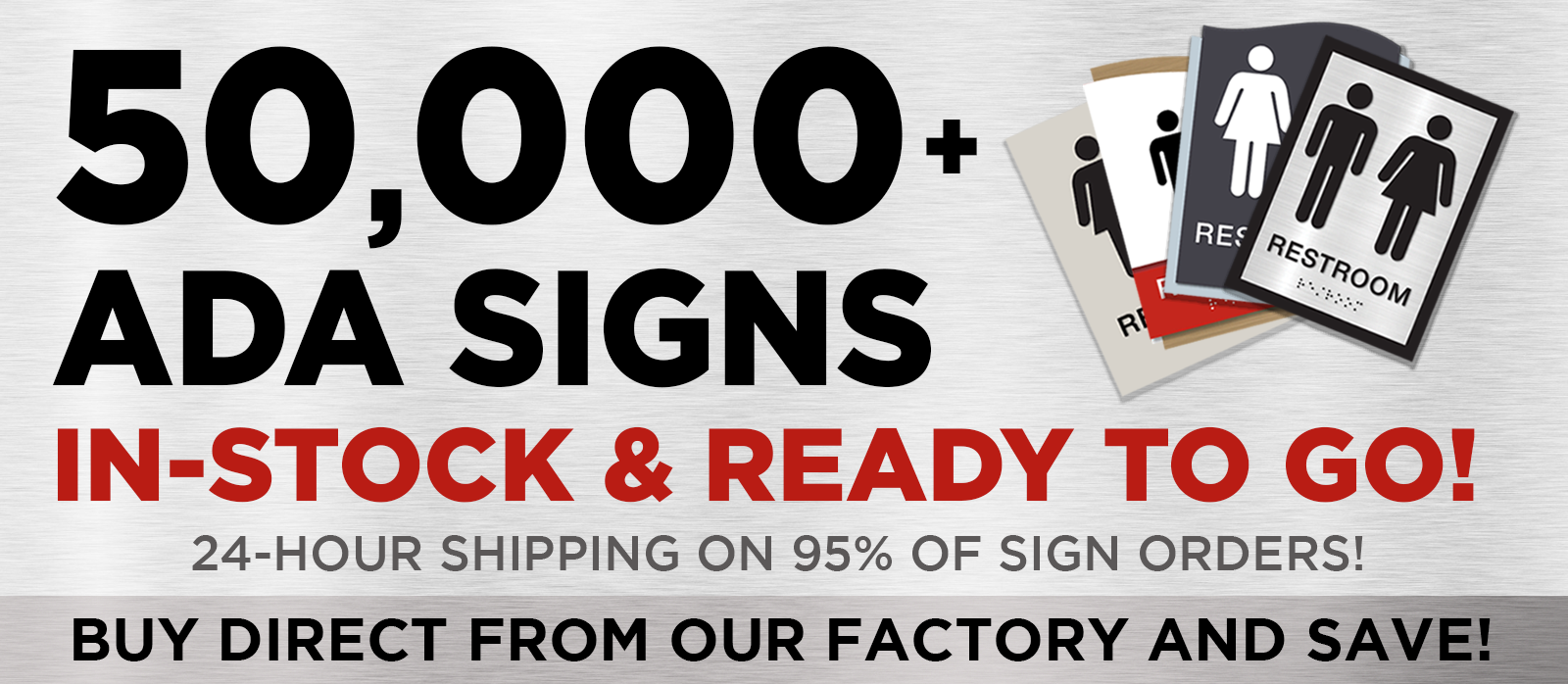Crafting Accessible Spaces: The Art of Custom Braille Signs
In the realm of modern design, accessibility has evolved from a mere trend to an essential element of inclusivity. Custom Braille signs play a pivotal role in ensuring that spaces are welcoming and accessible to everyone, including those who are visually impaired. For architects, interior designers, and facility managers, mastering the art of creating effective custom Braille signage is not just beneficial—it's essential. This article dives into the nuances of Braille signs, offering insights and a practical checklist to guide you in crafting signage that is both functional and compliant.
The Art and Science of Custom Braille Signs
Choosing the Perfect Canvas: Materials Matter
When it comes to crafting custom Braille signs, the choice of material is where art meets science. Acrylic emerges as a frontrunner due to its durability and resistance to weather, making it perfect for both indoor and outdoor environments. Its versatility allows for a plethora of design possibilities, ensuring your Braille signage is not only practical but also aesthetically pleasing. Other materials like metal and wood offer unique benefits, each suited to different applications and environments.
Designing for Clarity and Impact
The effectiveness of Braille signage is rooted in its readability. Grade 2 Braille is the gold standard for its efficiency in conveying information. Pairing this with sans-serif fonts enhances clarity, ensuring that the signs are easily readable by all. For those wishing to weave branding into their designs, advanced printing systems allow for the inclusion of logos or custom shapes, adding a personalized flair to your Braille signs.
Questions You Didn't Know You Needed to Ask
What should I consider when selecting materials for Braille signs?
The choice of materials for Braille signs should be guided by factors such as durability, weather resistance, and customization potential. While acrylic is a popular choice, aligning your selection with the specific needs of the location and intended use is crucial.
How can I ensure my Braille signs are ADA-compliant?
Adhering to ADA guidelines is non-negotiable. Ensure your Braille signs meet these standards by consulting resources like ADA-Compliant Office Signs. This involves adhering to size, placement, and design specifications that make the signs accessible to all.
What is the typical lead time for custom Braille signs?
Typically, custom Braille signs can be produced within 7 business days. It's important to account for time needed for proofs and approvals to ensure the final product meets your expectations and compliance requirements.
Your Guide to Creating Custom Braille Signs
- Design and Compliance: Confirm ADA compliance and use of appropriate Braille grade. Opt for sans-serif fonts to enhance readability.
- Material Selection: Choose materials based on the environment and usage needs.
- Customization Options: Consider incorporating logos or custom shapes for branding purposes.
- Order and Production: Verify lead times and ensure proof approval processes are in place.
Avoiding Common Pitfalls
Sizing and Placement Errors
Incorrect sizing and placement can significantly hinder the accessibility of Braille signs. Ensure that signs are positioned at an appropriate height and location to be easily accessible.
Material Missteps
Selecting the wrong material can lead to premature wear or lack of functionality. Avoid these pitfalls by thoroughly assessing the environment where the signs will be placed and choosing materials accordingly.









